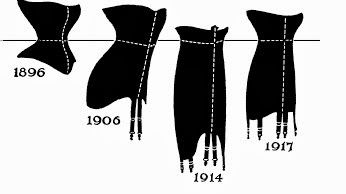Of course, he was missing the crowning piece, the red wool Machaut cap. I found an excellent pattern from Wicked Woolens. Sally Pointer sells this authentic pattern with interesting background information. The cap is knitted in the round like a huge football and felted. It turns in on itself so it is very thick and warm.

I used Lamb's Pride worsted weight yard in a bright red (Red Baron) and size 8 needles. It knitted up beautifully , and my finished product was huge! Then came the felting. First round, it thickened up but was about two inches too large in circumference. So I put it through the wash again. Oh, dear. It came out like a coconut husk, about an inch thick and just the right size for a person with a coconut-sized head. Back to the beginning.
Fortunately, I had bought more yarn than I needed, so I started from scratch. There wasn't quite enough to make the entire closed football, so I made a nice, overly-long cap. This time, I hand-felted it by soaking it in very hot water on the stove, wringing it roughly while wearing very heavy rubber gloves, and "shocking" it in a bowl of ice water, going through this process several times. Success! It turned out beautifully and will soon be winging its way to Winnipeg. Here is my dad modelling the finished cap. Dad looks pretty hardy for 90 years old, I think.








































